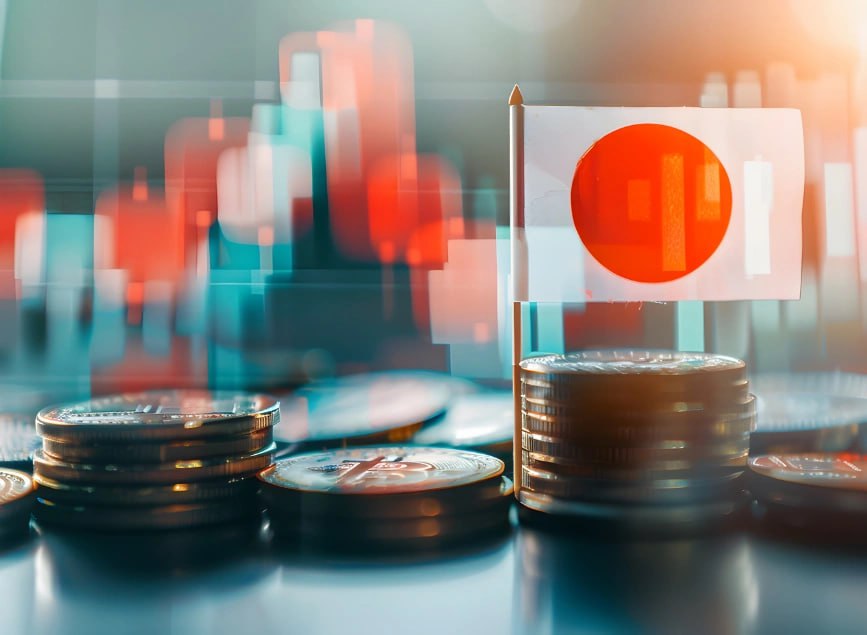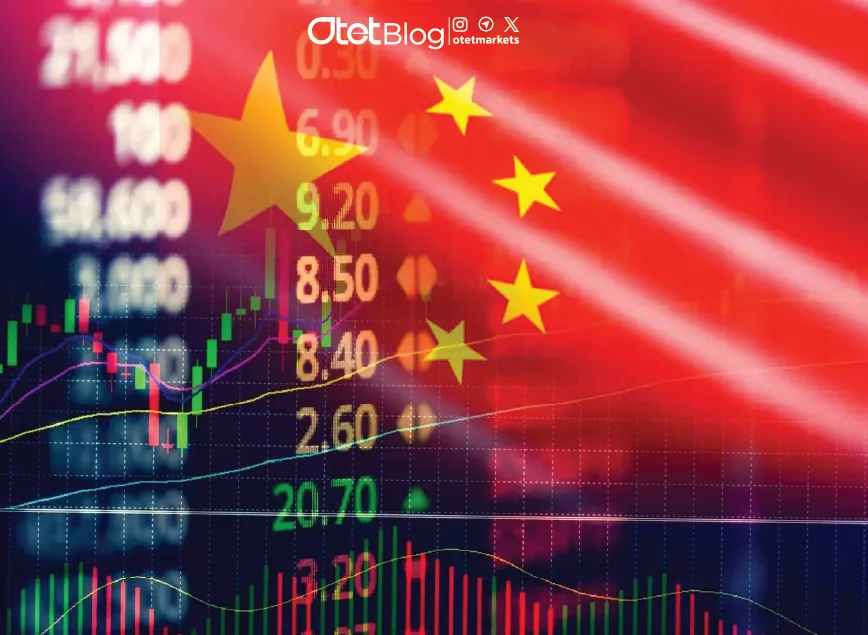
Japan Manufacturing PMI
Japan’s manufacturing sector continues to struggle, with the au Jibun Bank Japan Manufacturing PMI falling to 49.0 in October 2024, down from 49.7 in September. This latest figure is not only below market expectations of 49.9 but also marks the fourth consecutive month of contraction. The drop reflects ongoing challenges in the sector, raising concerns about the overall health of Japan’s economy.
In this blog, we’ll explore what these numbers mean for Japan’s manufacturing industry and why this contraction is significant.
What Is PMI and Why Does It Matter?
The Purchasing Managers’ Index (PMI) is a key economic indicator that measures the performance of the manufacturing sector. A PMI above 50 indicates expansion, while a PMI below 50 signals contraction. With a reading of 49.0 in October, it’s clear that Japan’s manufacturing sector remains in contraction territory.
October’s figure not only marks the fourth straight month of decline in factory activity but is also the eighth consecutive monthly drop in the sector this year. This is the steepest contraction since March 2024, signaling that the situation is worsening. The key factors behind this decline include a sharp drop in output, new orders, and export demand.
The Biggest Drops in Output and New Orders in Months
October’s PMI reveals that output and new orders experienced their steepest declines in months, with output shrinking the most in six months and new orders dropping the most in seven months. This is particularly concerning because it indicates weak demand both domestically and internationally. The faster decline in export orders, in particular, points to struggles in Japan’s global trade.
Employment Declines for the First Time Since February
Another worrying sign is the drop in employment, which fell for the first time since February. The decline in hiring could be a response to reduced demand, as manufacturers adjust their workforce to match the slowdown in production. This could have broader implications for Japan’s job market and economic growth if the trend continues.
Backlogs, Purchases, and Supply Chain Struggles
The PMI data also show that backlogs of work decreased at a faster rate, which could suggest that manufacturers are working through existing orders more quickly, with fewer new ones coming in. Additionally, purchasing activity fell for the first time in three months, reflecting cautious spending in the face of uncertain demand.
Supplier delivery times continued to lengthen in October, though the delays were less severe than in September. This suggests that while supply chain issues persist, they are gradually improving.
Price Pressures and Inflation Trends
On the pricing front, the report shows mixed signals. Input price inflation, or the cost of materials, eased in October, indicating that manufacturers are seeing some relief in the cost of goods. However, output price inflation—what manufacturers charge for their goods—accelerated. This could mean that manufacturers are passing on higher costs to customers, which could further impact demand if consumers and businesses cut back on spending.
Business Sentiment Hits a 2.5-Year Low
One of the most concerning aspects of the October PMI report is the drop in business sentiment. Confidence among manufacturers weakened to its lowest level in two and a half years. This drop in optimism reflects concerns about ongoing market conditions, potential further declines in demand, and challenges in navigating inflationary pressures.
What’s Next for Japan’s Manufacturing Sector?
The continued contraction in Japan’s manufacturing sector highlights the need for businesses to adapt to changing market conditions. With output and orders declining and employment trends turning negative, manufacturers may need to explore new strategies for maintaining competitiveness. This could involve investments in automation, supply chain resilience, and exploring new markets for growth.
In the short term, it’s clear that Japan’s manufacturing industry faces significant hurdles. As global economic conditions remain uncertain, it will be crucial to monitor how manufacturers adjust and whether the sector can stabilize in the coming months.
Share
Hot topics

Federal Reserve’s Challenges to Trump’s New Policies
As the Federal Reserve Open Market Committee (FOMC) prepares for its upcoming meeting, all eyes are on how the Fed will respond to Donald Trump’s latest economic policies. With the...
Read more




Submit comment
Your email address will not be published. Required fields are marked *